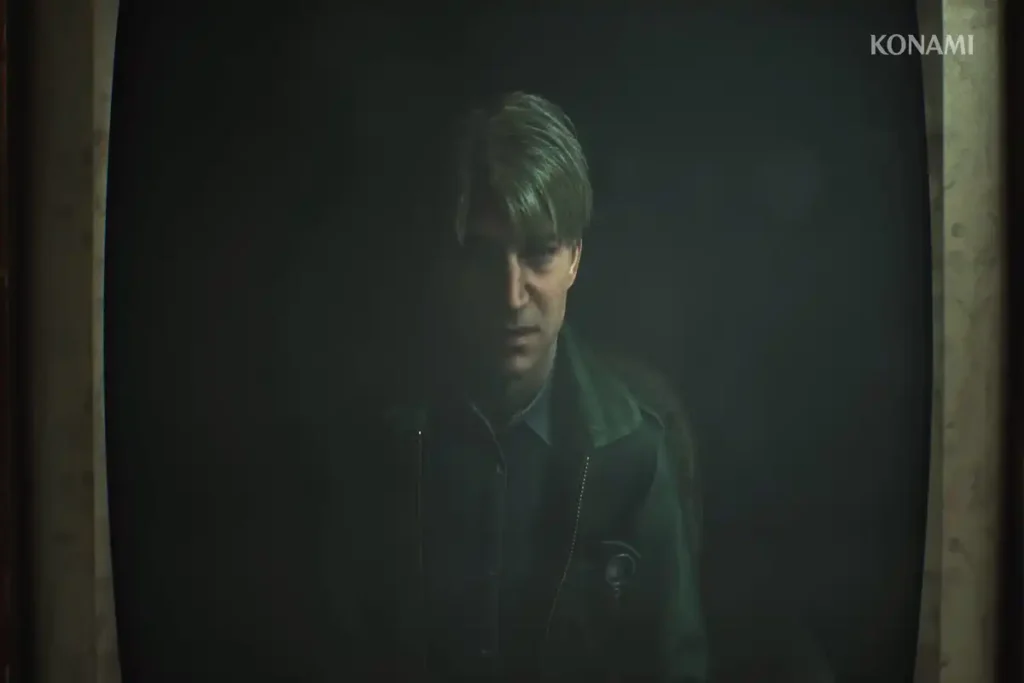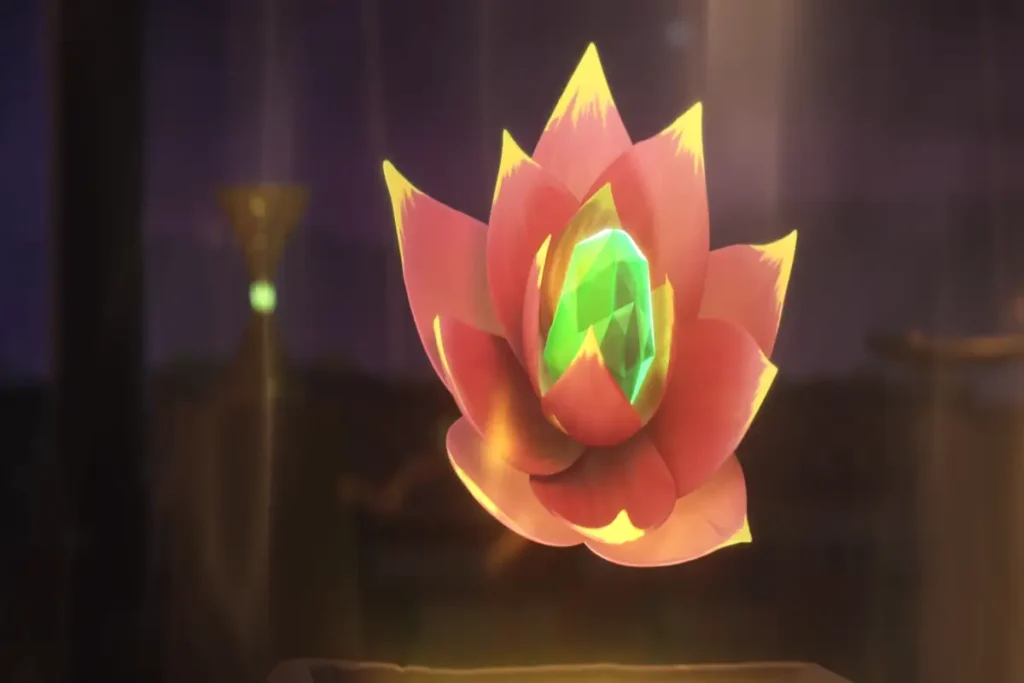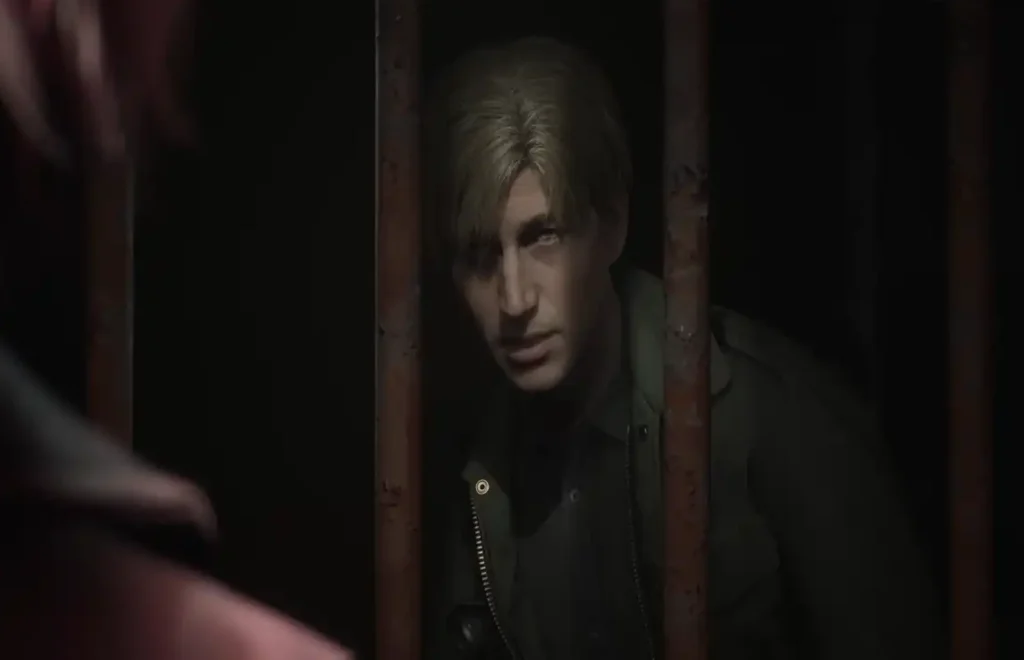Key Points:
- In Harry Potter Dumbledore avoided using the Sorcerer’s Stone for personal power due to his moral stance against immortality.
- Dumbledore’s plan involved Harry’s growth through orchestrated challenges, including facing Voldemort.
- The Mirror of Erised was a key element, teaching Harry about desire and sacrifice.
- Quirrell’s possession by Voldemort was central to Dumbledore’s strategy to confront the Dark Lord in a controlled environment.
Dumbledore’s decision not to take the Sorcerer’s Stone for himself reflected his strategic thinking and moral principles. Instead of using it for immortality, Dumbledore orchestrated events to protect Harry, guide his growth, and confront Voldemort in a controlled manner. Let’s explore how this decision played into his broader plan to protect the magical world.
Why Didn’t Dumbledore Take the Sorcerer’s Stone for Himself in Harry Potter?
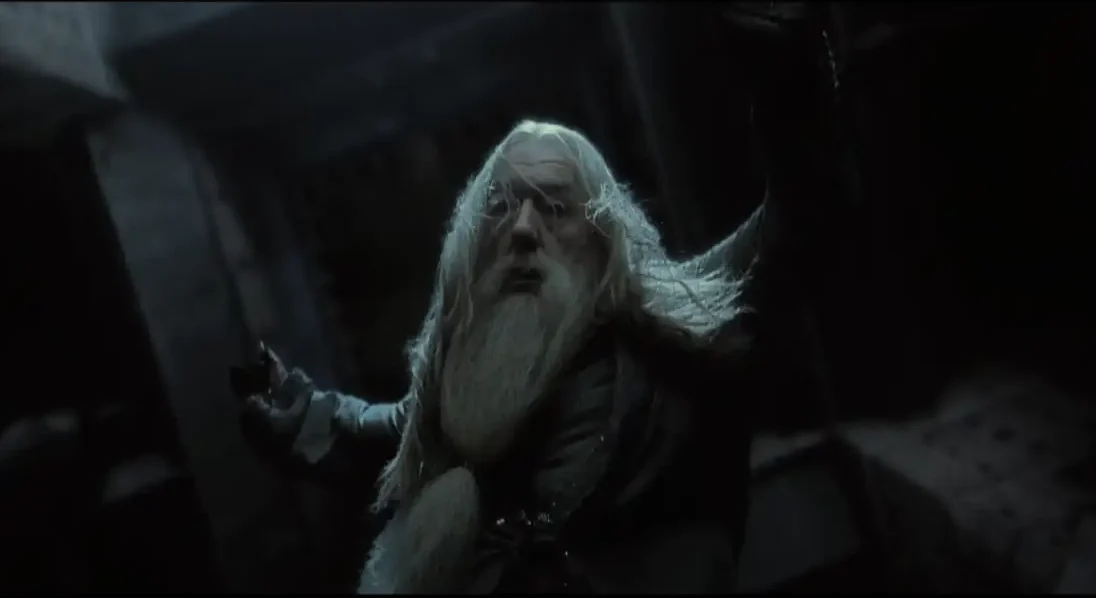
Dumbledore’s decision not to take the Sorcerer’s Stone for himself is rooted in his broader strategic vision and moral principles. Here are the key reasons:
Intentional Orchestration of Events
Dumbledore orchestrated events surrounding the Sorcerer’s Stone to create a situation where Harry could confront Voldemort, albeit in a controlled environment. His aim was not just to protect the Stone but to prepare Harry for future encounters with the Dark Lord. Dumbledore believed that Harry needed to face challenges to grow stronger and more capable of defeating Voldemort in the long run. By allowing Harry to go after the Stone, Dumbledore hoped to provide him with valuable experience and confidence in facing dark forces.
Moral Standpoint
Dumbledore is portrayed as a character who avoids using dark magic or seeking power for himself. His refusal to take the Stone aligns with his belief that immortality and power should not be pursued at any cost. He understands that the Stone represents not just a means to extend life but also a temptation that could lead to corruption and greed. Dumbledore’s character embodies wisdom and restraint, emphasizing that true strength lies in choices made for the greater good rather than personal gain.
The Nature of the Sorcerer’s Stone
The Sorcerer’s Stone itself is a powerful object that could easily lead its possessor down a dark path. Dumbledore recognized that keeping it for himself would not only endanger him but also set a poor example for Harry and others. Instead, he chose to place it in a series of enchantments and challenges, ensuring that only someone with pure intentions could access it—ultimately leading to Harry’s encounter with Quirrell, who was under Voldemort’s influence.
READ MORE: Harry Potter: Why House Points Matter at Hogwarts and How They’re Awarded?
How Did Dumbledore’s Plan Involve Hagrid and Harry Potter?

Dumbledore’s plan relied heavily on Hagrid and Harry, ensuring the young wizard would face challenges that would prepare him for future battles with Voldemort. By sending Hagrid to retrieve the Sorcerer’s Stone from Gringotts, Dumbledore set multiple wheels in motion:
- Hagrid’s guidance: Hagrid was tasked not only with retrieving the Stone but also with guiding Harry through Diagon Alley. This created opportunities for Harry to learn more about the wizarding world and the existence of the Stone. The bond between Hagrid and Harry fostered trust, ensuring Harry had a strong ally as he navigated dangerous situations.
- Encouraging Harry’s curiosity: Dumbledore subtly encouraged Harry’s curiosity by giving him the Invisibility Cloak, which led Harry to discover the Mirror of Erised. Dumbledore knew that Harry’s exploration of Hogwarts would be essential in developing his courage and resourcefulness. This would also prepare him for the ultimate confrontation with Voldemort.
In essence, Dumbledore used Hagrid as a facilitator and Harry as the key player in his plan to secure the Stone and set the stage for Harry’s growth as a wizard.
READ MORE: The Wild Robot: Animated Movies Featuring Robots with Adaptive Learning Abilities
Why Did Dumbledore Choose to Use the Mirror of Erised in His Plan?
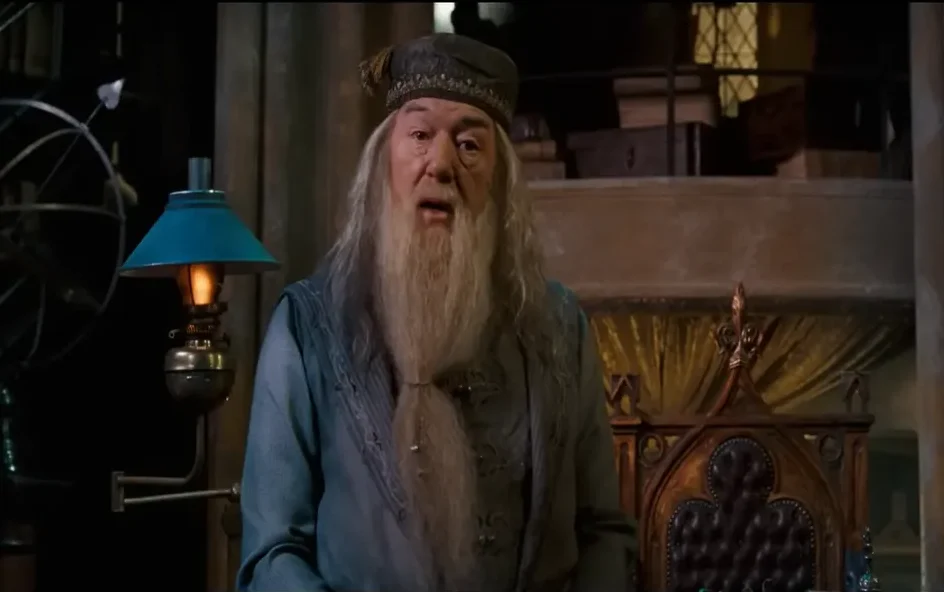
Dumbledore’s choice to use the Mirror of Erised was a calculated move, meant to teach Harry important lessons about desire and sacrifice:
- Understanding desires: The Mirror of Erised showed Harry his deepest longing—his parents. Dumbledore used the Mirror to gently introduce Harry to the idea that living in pursuit of unattainable desires can lead to unhappiness. He warned Harry not to dwell on dreams, foreshadowing the temptations Harry would face later in life.
- Protecting the Stone: Dumbledore cleverly used the Mirror as a safeguard for the Stone, ensuring that only someone who did not seek the Stone for selfish reasons could retrieve it. This decision underscored Dumbledore’s belief that power and immortality should not be pursued at any cost, a theme that would resonate throughout Harry’s journey.
Incorporating the Mirror into his plan was both a strategic defense and a teaching moment for Harry, preparing him for the greater sacrifices ahead.
READ MORE: Moana: Meaning and Cultural Significance of the Name in Polynesian Culture
What Role Did Quirrell’s Possession by Voldemort Play in Dumbledore’s Strategy?
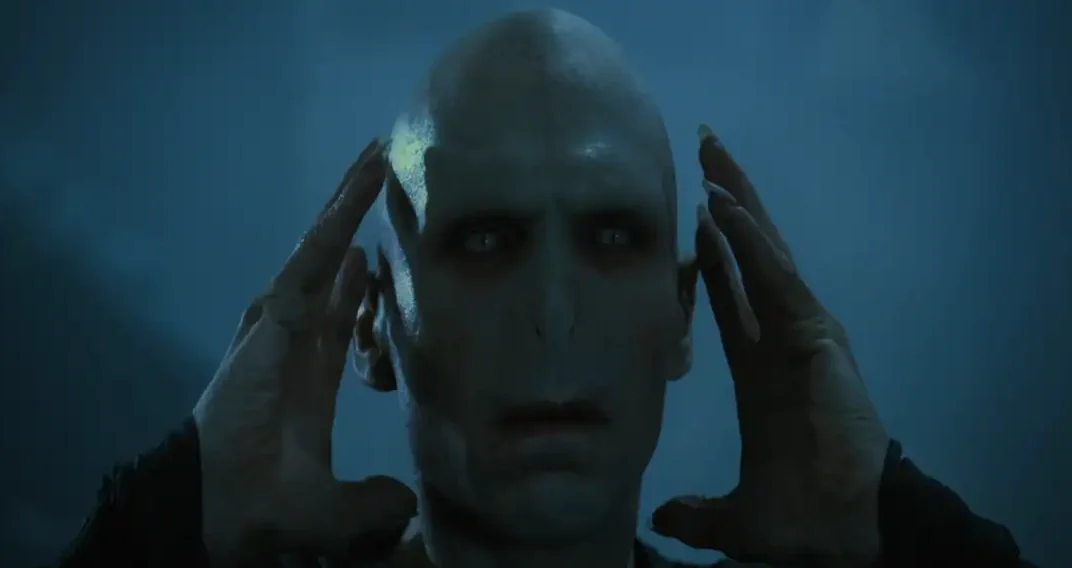
Dumbledore’s awareness of Quirrell’s possession by Voldemort was pivotal in his broader strategy to confront the Dark Lord. While he suspected that Quirrell was under Voldemort’s influence, Dumbledore allowed events to unfold, controlling the situation from behind the scenes:
- Using the Philosopher’s Stone as bait: Dumbledore placed the Stone at Hogwarts, knowing that Voldemort would try to seize it. The complex series of enchantments protecting the Stone were designed to test anyone who sought it. Dumbledore anticipated Voldemort’s attempts and allowed Harry to confront him, all while keeping the situation under control.
- Minimal risk to Harry: Harry’s unique protection, from his mother’s sacrifice, made him a difficult target for Voldemort. Dumbledore calculated that allowing Harry to face Voldemort through Quirrell would help Harry build confidence, without placing him in excessive danger.
- Attempting to capture Voldemort: By orchestrating events so that Voldemort would reveal himself through Quirrell, Dumbledore hoped to thwart the Dark Lord’s plans before he could fully regain power. While Voldemort ultimately escaped, this confrontation gave Harry his first direct encounter with the Dark Lord, shaping his future battles.
READ MORE: Venom The Last Dance : Knull’s Marvel History
Dumbledore’s handling of Quirrell’s possession was part of his long-term strategy to safeguard the Stone while preparing Harry for his future role in defeating Voldemort.
Source: MuggleNet
Stay updated with the Latest News and Stories, follow us on our social media platforms.
You can follow us on:
Stay Connected!! Join our Whatsapp Channel







